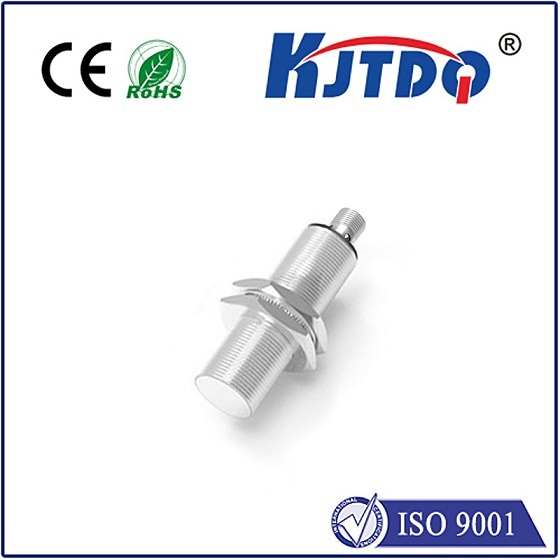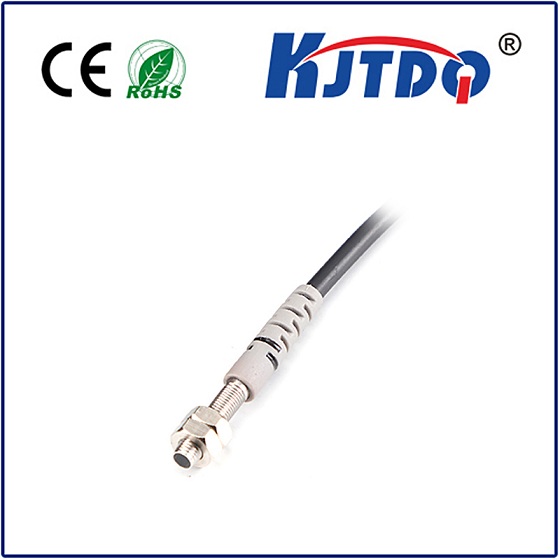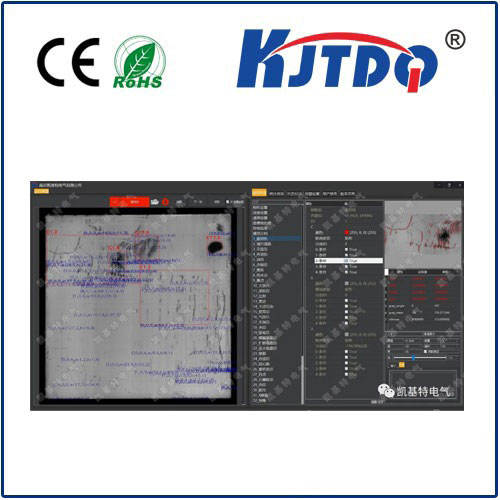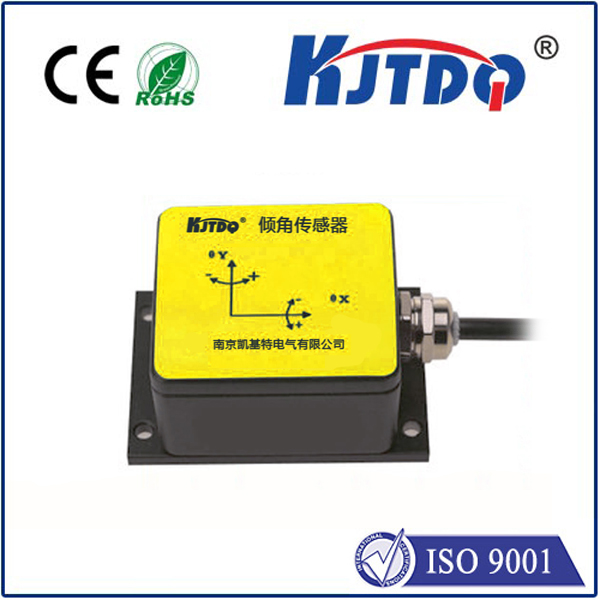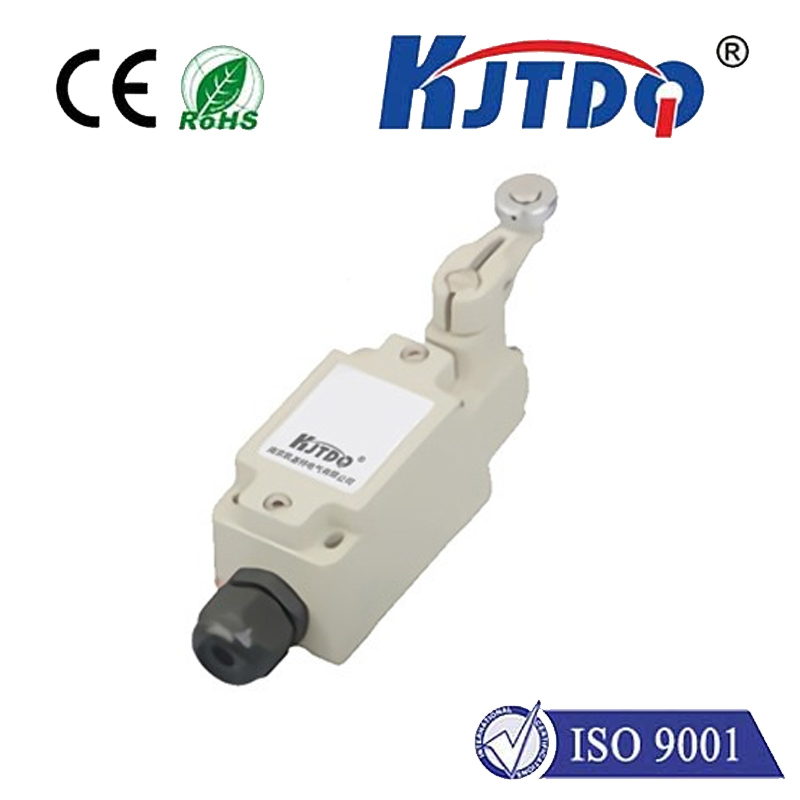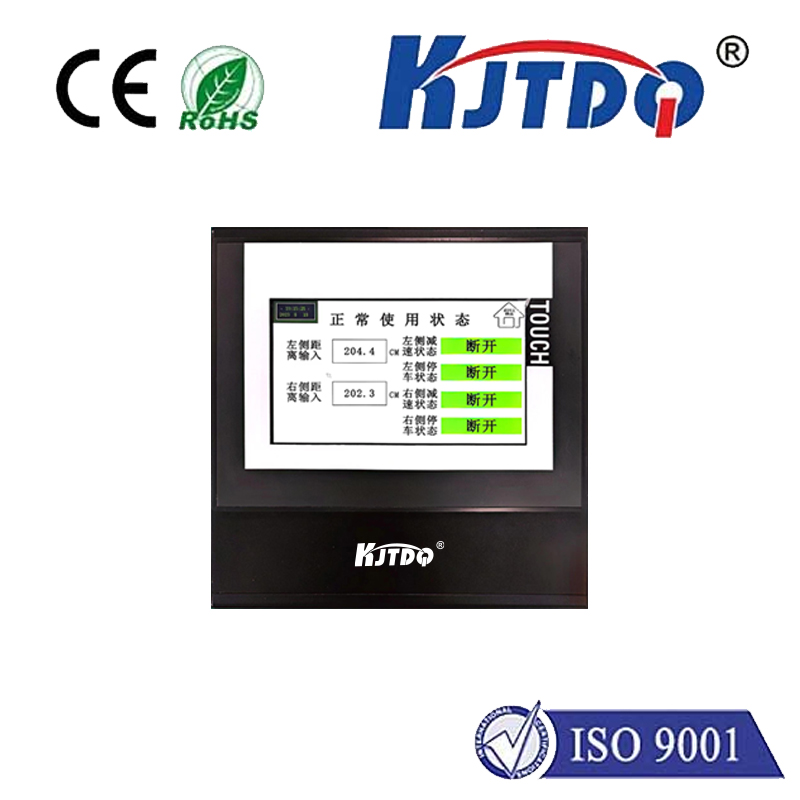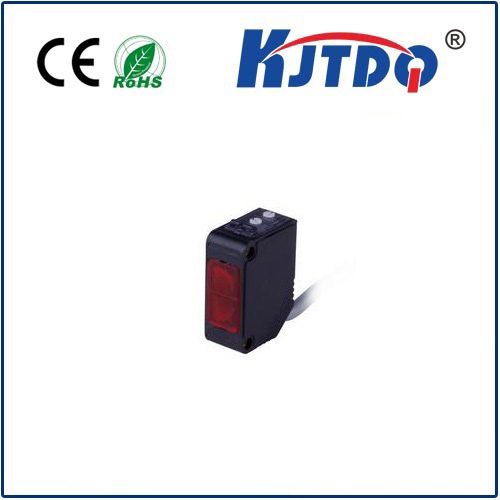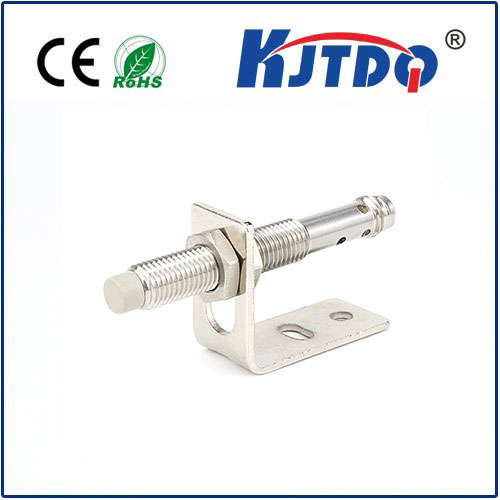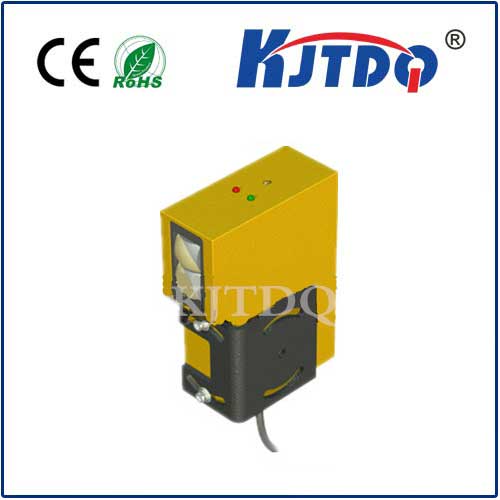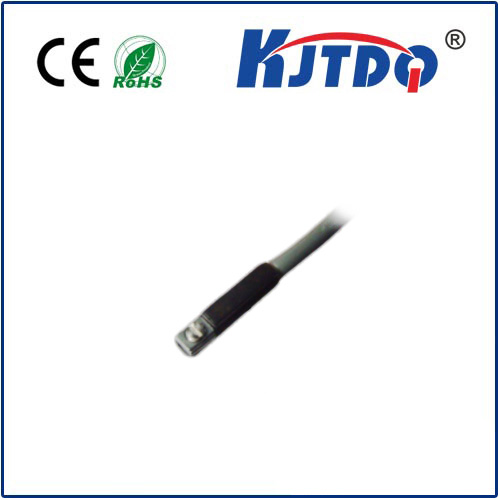photoelectric proximity sensor
- time:2024-10-16 01:31:47
- Click:0

Photoelectric Proximity Sensor: An In-depth Exploration
In the realm of modern technology, photoelectric proximity sensors play a pivotal role in various applications. These sensors are electronic devices that detect the presence of an object without any physical contact. They work on the principle of reflecting or emitting light and are widely used in industries such as automation, robotics, and security systems. In this article, we will delve into the working principle, types, advantages, and applications of photoelectric proximity sensors.
Understanding Photoelectric Proximity Sensors
Photoelectric proximity sensors consist of a light source and a photodetector. The light source emits infrared radiation, which is invisible to the human eye. When an object comes within the detection range of the sensor, it reflects the emitted light back to the photodetector. The photodetector then converts this reflected light into an electrical signal, which is further processed to determine the presence or absence of the object.
Types of Photoelectric Proximity Sensors
There are three main types of photoelectric proximity sensors based on their operating principles:
- Reflective sensors: These sensors have both the light source and photodetector in the same housing. They detect objects by reflecting the emitted light off the target object and onto the photodetector.
- Transmissive sensors: These sensors have separate light sources and photodetectors, aligned on either side of the detection area. They detect objects by allowing the emitted light to pass through a slot or opening in the object being detected, then onto the photodetector.
- Scattering sensors: These sensors also have separate light sources and photodetectors, but they detect objects by scattering the emitted light across the detection area. The photodetector then measures the intensity of the scattered light to determine if an object is present.
Advantages of Photoelectric Proximity Sensors
Photoelectric proximity sensors offer several advantages over other types of sensors, making them ideal for various applications:
- Non-contact detection: Since these sensors do not require physical contact with the target object, they can operate in harsh environments where mechanical switches may fail or wear out quickly.
- High accuracy and reliability: Photoelectric proximity sensors provide precise measurements and can reliably detect even small objects or changes in position.
- Fast response time: These sensors can detect objects within milliseconds, making them suitable for high-speed applications such as conveyor belts and packaging machinery.
- Easy integration: Photoelectric proximity sensors can be easily integrated into existing systems and retrofitted onto new equipment with minimal modifications.
Applications of Photoelectric Proximity Sensors
Photoelectric proximity sensors find applications in various industries due to their versatility and reliability. Some common applications include:
- Automation: Photoelectric proximity sensors are widely used in industrial automation systems to control machinery, monitor processes, and ensure safety. For example, they can be used to detect the presence of products on conveyor belts or to trigger alarms in case of malfunctions.
- Robotics: In robotics, these sensors enable robots to navigate their surroundings and perform tasks without colliding with obstacles or people. They can also be used for object recognition and sorting in warehouses and manufacturing plants.
- Security systems: Photoelectric proximity sensors are commonly used in security systems to detect intruders or unauthorized access. They can be installed around perimeters, entrances, and exits to monitor activity and trigger alarms when necessary.
- Automotive industry: In vehicles, photoelectric proximity sensors are used for various purposes such as parking assistance, collision avoidance, and adaptive cruise control systems. They help improve safety and comfort while driving by providing accurate data about the vehicle’s surroundings.
In conclusion, photoelectric proximity sensors have become indispensable tools in modern technology due to their ability to provide accurate, reliable, and non-contact detection. As advancements continue to be made in this field, we can expect these sensors to find even more innovative applications across various industries.





